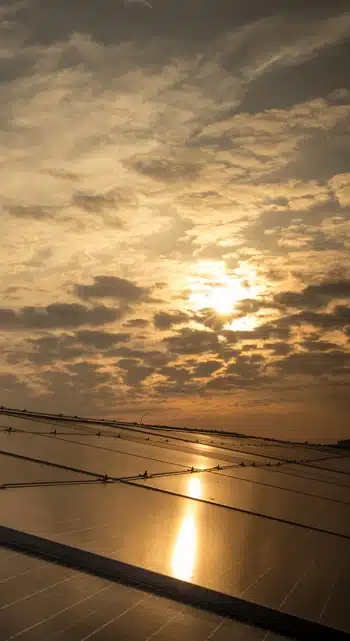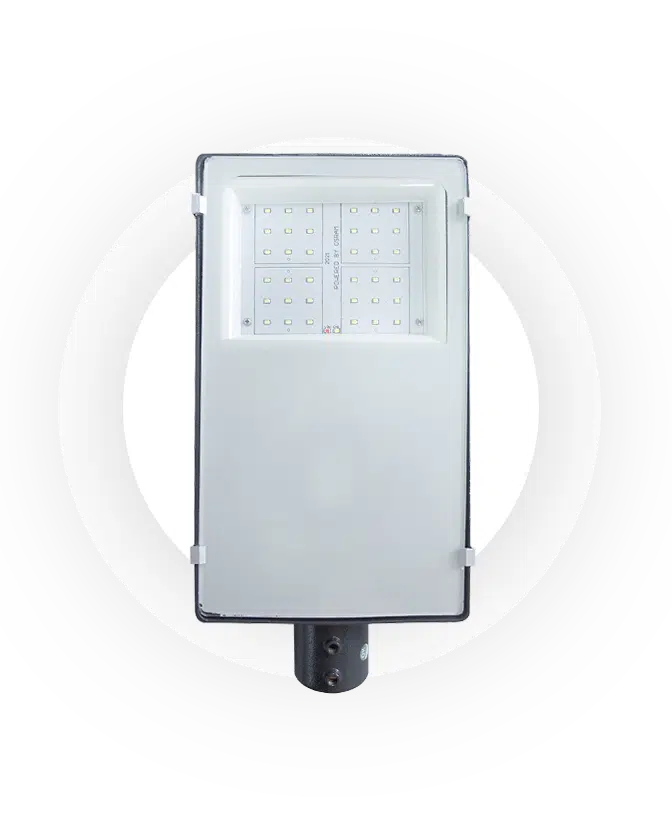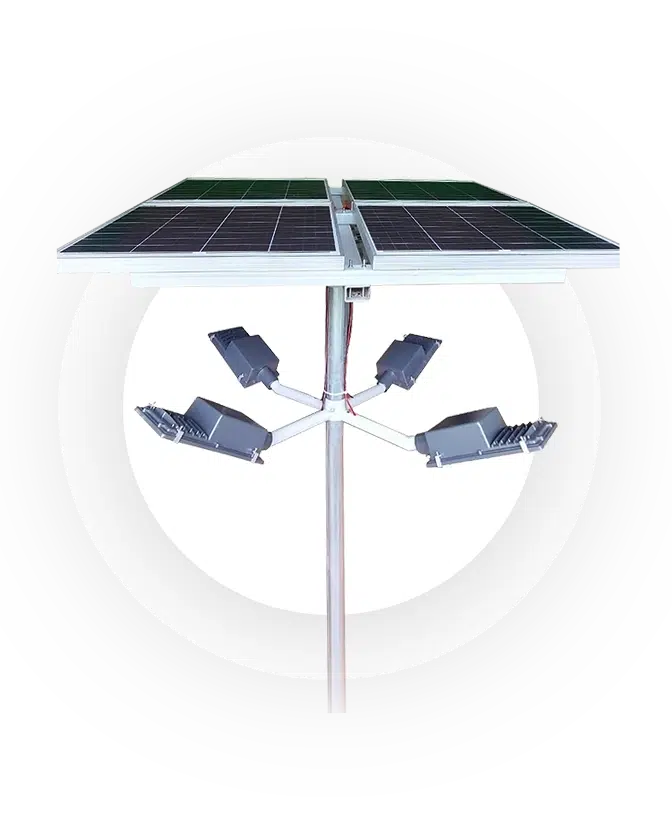
We design and install Solar Street Lighting Systems that meet industry safety and security standards - so you have nothing to worry about

MNRE Approved

BIS Approved

CE Approved

RoHS Compliant

ISO Certified

LM 79
Our Solar Street Lights light up the night and lead the way in cutting-edge energy efficiency tech. Get rid of soaring electricity bills with a smart, Solar-Powered Lighting Solution!

LED lights with a lumen/watt rating of 135 are built to last, making sure that the brightness remains consistent throughout the night.

Our PIR motion sensors detect movement and activate your Solar Street Lights instantly. This ensures that your streets stay brilliantly lit while conserving energy when no one's around.

Using LDR sensors, our lights automatically adjust their brightness during the day to conserve energy and illuminate streets effectively at night.

Featuring an extended battery backup, these lights provide consistent, dependable lighting throughout the year.



Designed to harness the sustainable energy of the sun, these compact marvels light up the night, ensuring safety and security in rural areas that lack electric grid connectivity.





Embrace sustainable, bright paths that lower bills, and enhance safety and beauty while reducing carbon footprints - all with solar street lights




Join us in the journey towards a greener, brighter future. Watch the video to see how we're revolutionizing urban lighting!
What makes SunShell Power the ultimate choice in solar street lighting solutions? It's our dedication to innovation and excellence. Using the latest advancements in solar technology, our team of experts delivers efficient, reliable, and cost-effective lighting solutions. We understand that every corner of the world deserves access to consistent, reliable illumination, and we're here to make that a reality!
Got a question about solar lights?
We're here with answers!